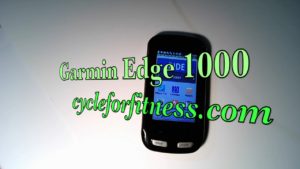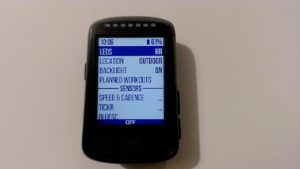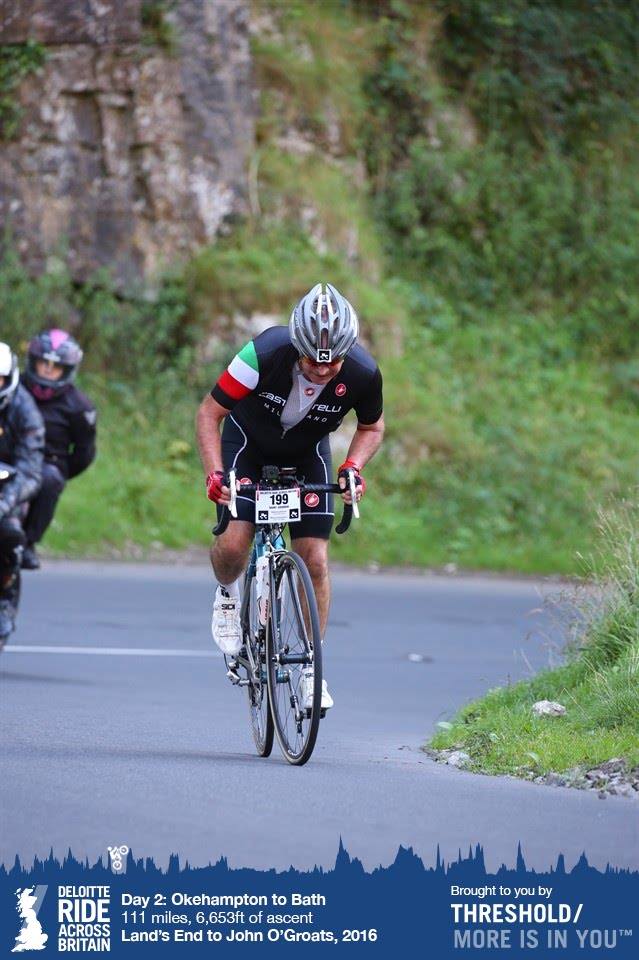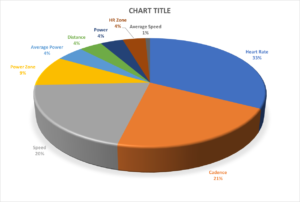Overcoming Trouble with Cycle Computer Technology
One of the most frustrating things on earth is to try to get technology working as you’ve been told, the manuals and quick start guides lull you into a false sense of security such that when things don’t go as expected, you are lost, hopelessly asking friends, perhaps “googling” it online or haing to trapse back to the shop that you bought the various cycling computers and sensors from….assuming you didn’t get all the bits and pieces online…and hence “up the swanny” Sound familiar ?
Well this happens to me more than it reasonably ought. One of the likely but perhaps untold aspects of helping people with their cycle training regimes is that you become their default technology helpdesk, working out just why this bit won’t work with that bit, when the manual says otherwise. Thankfully I have worked with all types of technology over the last 35 years, and always love a challenge, putting my mind to solving problems. So, based on what I have learnt so far about cycle computers and sensors, I’d like to share some of my experiences of setting up the common cycling computer technology for road cycling (the complexities of setting up indoor turbo training will follow).
What type of device to get
Until recently the biggest decision was which Garmin “Edge” cycling computer to buy (25, 520, 820 or 1000) depending on whether you want a touchscreen and wheter you need a computer for navigation. Once that decision was made, it was a natural extension to purchase Garmins’ cadence/speed sensors and heart rate sensor. All of Garmin’s devices use the ANT+ as the means that you can pair the sensors very simply from the computer and then they will talk to each other, and as long as the batteries are charged then to be frank, it’s a doddle to setup.
Hot on the heels of Garmin, the new kid on the block, is the Wahoo Elemnt and Elemnt Bolt. If you dont want touchscreen and colour displays, they are very competitively priced alternatives. Apart from price, another differentiator is that the Wahoo devices use Bluetooth as well as ANT+, meaning that they can talk more easily with smartphones, computers, and hence give you more choice in terms of the sensors that you can connect.
Ease of Setup
In terms of setup, both Garmin’s Edge devices and the Wahoo Elemnt/Bolt, are reasonably straightforward, with two small caveats for the Wahoo. The first is that you need to download the Wahoo “companion” App – and make sure you download the Wahoo Elemnt App and not the Wahoo Fitness App. A second is a gotcha in that need to connect to your home wifi network (needs to be 2.4GHz network on channels 1 to 11) as the configuration is done on the App then downloaded to the device. Once that is done, and you’ve downloaded any software updates you are ready to go.
For both the Garmin and the Wahoo, you’ll need to create an online account so that your workouts can be uploaded and stored online . By connecting to the commmonly used sites such as Strava, MapMyRide, etc you become a part of the wider (global) cycling community and can very easily start to interact with people, share your experiences and monitor your progress, whether that it average speed of a ride, total miles/kilometres ridden per week/month, compare rides with friends. etc.
If you want to ride according to a training plan, both Garmin and Wahoo allow you to download and follow a structured workout plan using the device to prompt you whe for example you need to increase or decrease your efforts. The Wahoo devices come with reloaded workouts from Team Sky or you can create your own. Similarly with the Garmin, you can create your own workouts on the website (connect.garmin.com) and sync these down to the Garmin device (using a USB cable or wi-fi, depending on the model). If you sign up to TrainingPeaks for example, you can create your structured workouts (including annual training plans), or have a coach do that for you, and sync these to either the Wahoo or Garmin (though Wahoo is easier to sync that the Garmin).
Connecting Sensors
Now comes the interesting part.
Garmin.
When you turn on the Garmin it first of all looks for satellites, but you can ignore that if you wish. For the Garmin Edge 520/820 you’ll need to select Tools (they use a little screwdriver/spanner icon) and select Bike Profiles.

Add your bike, then select Search All to find your sensors. Here’s the difficult bit. You need to wake up the sensors for them to be found. For the HR sensor you need to be wearing it, for the Cadence sensor you need to rotate the crank and yes you guessed, for the Speed sensor rotate the wheel. It is best to do this when you are away from other bikes that have sensors, as you may pick them up instead of yours. With the Edge 1000, Garmin has done away with bike profiles, so you simply need to select the Tools icon and then select Sensors.
As before you need to wake up your sensors, then you can select them one at a time and press ‘Connect’.
The device will remember the sensors, however will disconnect if the sensors runs low on battery power. For the Edge 1000 you will also need to press”Enable” to get the sensor to work. Note that Edge devices do not connect to Bluetooth sensors, with the exception that they will connect to a smartphone using Bluetooth.
- Watch here for how to connect the Garmin Edge 820
- Watch here for how to connect the Garmin Edge 1000
Wahoo Elemnt/Bolt.
These devices can connect to both Bluetooth and ANT+. You can add Bluetooth sensors (however as with Garmin, you need to wake up the sensor first) by selecting Menu then Add Sensor, hold the sensor near the devices and it should detect it. There is an extra step for ANT+ in that you need to select ‘Add Sensor’ then ‘More’ to find the type of ANT+ device that you want to connect.
Alternatively use the Wahoo Elemnt App (they call it the companion App) and select Add Sensor on your smartphone. Make sure you save the device so that it recognises it next time. Note that if you have installed the Wahoo Speed/Cadence meter, depending on model, you may need to remove the pedal to slip the cadence sensor onto the crank. Once installed, make sure that the sensors are placed such that they are close enough to both the crank and the wheel magnet to get a good pickup.
call it the companion App) and select Add Sensor on your smartphone. Make sure you save the device so that it recognises it next time. Note that if you have installed the Wahoo Speed/Cadence meter, depending on model, you may need to remove the pedal to slip the cadence sensor onto the crank. Once installed, make sure that the sensors are placed such that they are close enough to both the crank and the wheel magnet to get a good pickup.
- Watch here for how to connect the Wahoo Elemnt/Bolt
If you want to use the computer while training on a turbo there are a few other considerations, trials and tribuations that I will explain in the next episode…

